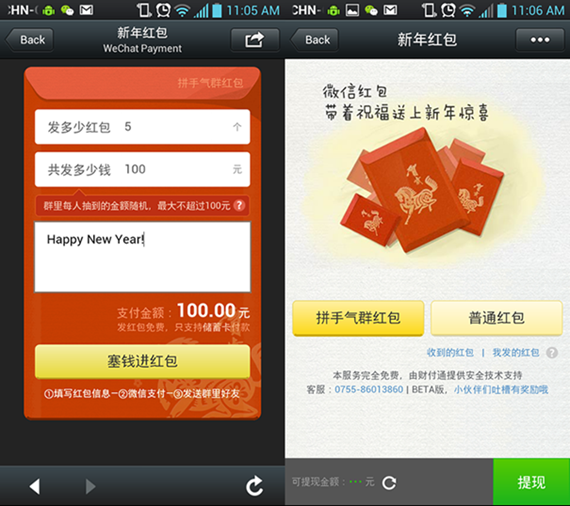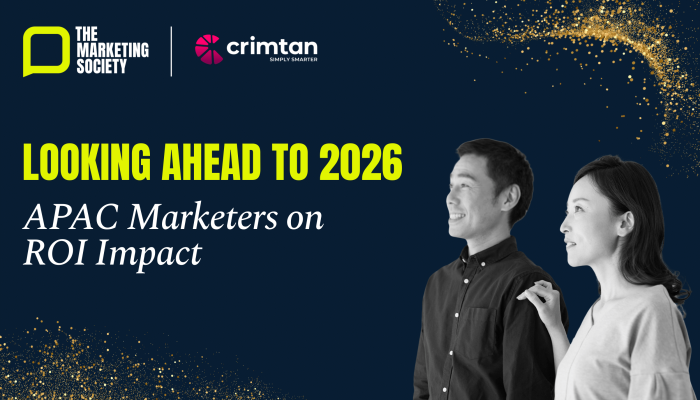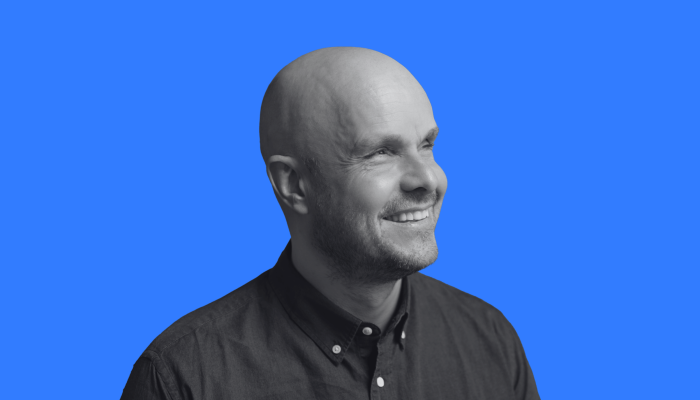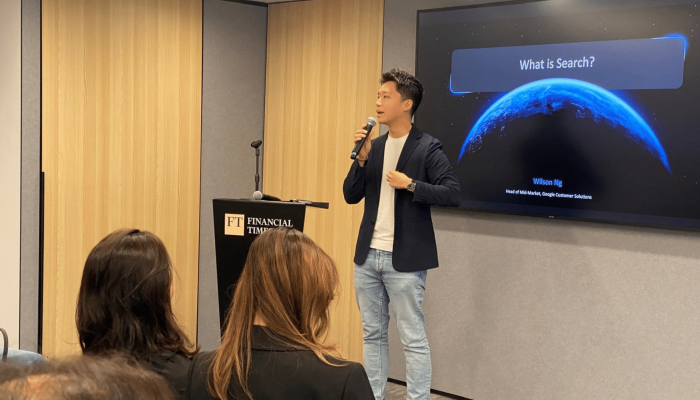Collective rituals are systemic patterns that require community members to participate for them to emerge; a brand can’t decide to create a top-down ritual and expect its consumers to adopt it.
Rituals are co-created from the bottom up: brands can only create the conditions, trigger the situation, and encourage the movement. But before that can happen, brands need to delegate part of their power to some lead users to ensure co-created rituals will resonate with most community members.
To help brands create the conditions for a ritual to emerge, we have boiled down Behavioural Science learnings to 10 essential ingredients a ritual needs.
- a community with shared beliefs, including early adopters, role models and influencers
- a narrative of their cause, and why joining is beneficial
- situational anchors: a place, a time, a trigger for ritual to happen in a synchronous manner
- a physical or virtual gathering place allowing a feeling of connectedness among participants
- visual cues to distinguish ingroups members, as well as noting rallying dynamics
- a sense of purpose of the ritual itself, encapsulated into simple and powerful mantras
- masters of ceremony, with a formal script, praising the members’ growing numbers
- rhythms to synchronize bodies and props, entertainment, and gestures easy to imitate
- respected symbols and sacred objects
- and some shared sensorial experiences (wash, eat, sing) to trigger emotional contagion.
Brands have nearly all at hand to initiate game-changing rituals
Although some of these ingredients may sound like they have been borrowed from a “magic spell book,” these ritual elements can be observed in many human group dynamics. Take a political meeting, for example: read over the ingredient list while decoding Donald Trump’s electoral meeting and you will feel the power of mastering rituals. You may also recognize them in sporting events (e.g., the Colour Run) as well as lifestyle gatherings (e.g., Burning Man).
Brands already master most of the ingredients for creating rituals listed in the playbook (social media, communities, entertainment). So why can’t brands use their influence to create positive social change leveraging the power of collective rituals?
Many brands already organise gigantic online or off-line events (like Black Friday or Taobao 1111 in China), connecting their communities via online platforms, for commercial purposes. Passion-driven brands like Nike know how to engage their audience with gamified activities. Most brands also have community members with their codes and influencers. Activist brands like Patagonia or leader-driven ones like Tesla have strong narratives beyond a purely commercial purpose. With group rituals, more brands can take-up the challenge to tackle sustainability issues and build social value from their existing marketing assets. And by driving consumer change they also secure trust and long-term business.
It's not necessarily a matter of creating a new ritual, but about leveraging an existing one to facilitate behaviour change. In China, for example, the adoption of virtual currency (via WeChat Pay) has been greatly accelerated by the introduction of a digital version of a popular traditional family ritual: the exchange of red packets, or Hongbaos, containing money for Chinese New Year. By creating a virtual version of gifting Hongbaos, WeChat and brands exponentially accelerated the adoption of electronic payments and e-wallets

Why now? Where to start?
Norms evolve quickly when a social shock is creating ambiguity, when consensus is unclear, or when old norms are challenged. When current norms are weak, and the likelihood of being seen as adopting a new behaviour are not detrimental, or when the consequences of noncompliance are limited, shy second movers’ step in faster. At a time when people are craving for re-invented social gatherings, particularly physical ones, brands need to be ready for this opportunity. While feeding the psychological need of getting together, they can promote meaningful behavioural changes.
The pre-requisite to changing behaviours at scale is first to choose your cause and the target behaviour that needs changing. You can then start enrolling your community around shared beliefs. You may also contribute to evolving existing beliefs within adjacent groups with relevant communication.
The next step is to consider using our ritual playbook (above): evaluate what’s already there, fill the gap of what’s missing, and create the conditions for game changing rituals to happen.
Impossible Food has used exactly this strategy with meat-eaters, proving to them that a plant-based steak can be as good or even tastier than meat. To achieve this, they are using the influence network of chefs and celebrities to change social eating rituals.
There are some traps along the way to be wary of: brands must tread carefully to avoid public polarization or reaction against their brand activism, and there may well be opponent’s reactions to anticipate. But helped with behavioural science specialists, brands can certainly succeed in this endeavour.
We believe brands have a role to play in changing society, and that there is a unique opportunity for them to create social value at scale. This strategy is particularly applicable to FMCG brands because of their daily presence in consumers’ lives and because of their massive reach. It is time for FMCG brands to now move faster than ever before: they can help accelerate consumption changes by engaging collective rituals based on their marketing expertise.



